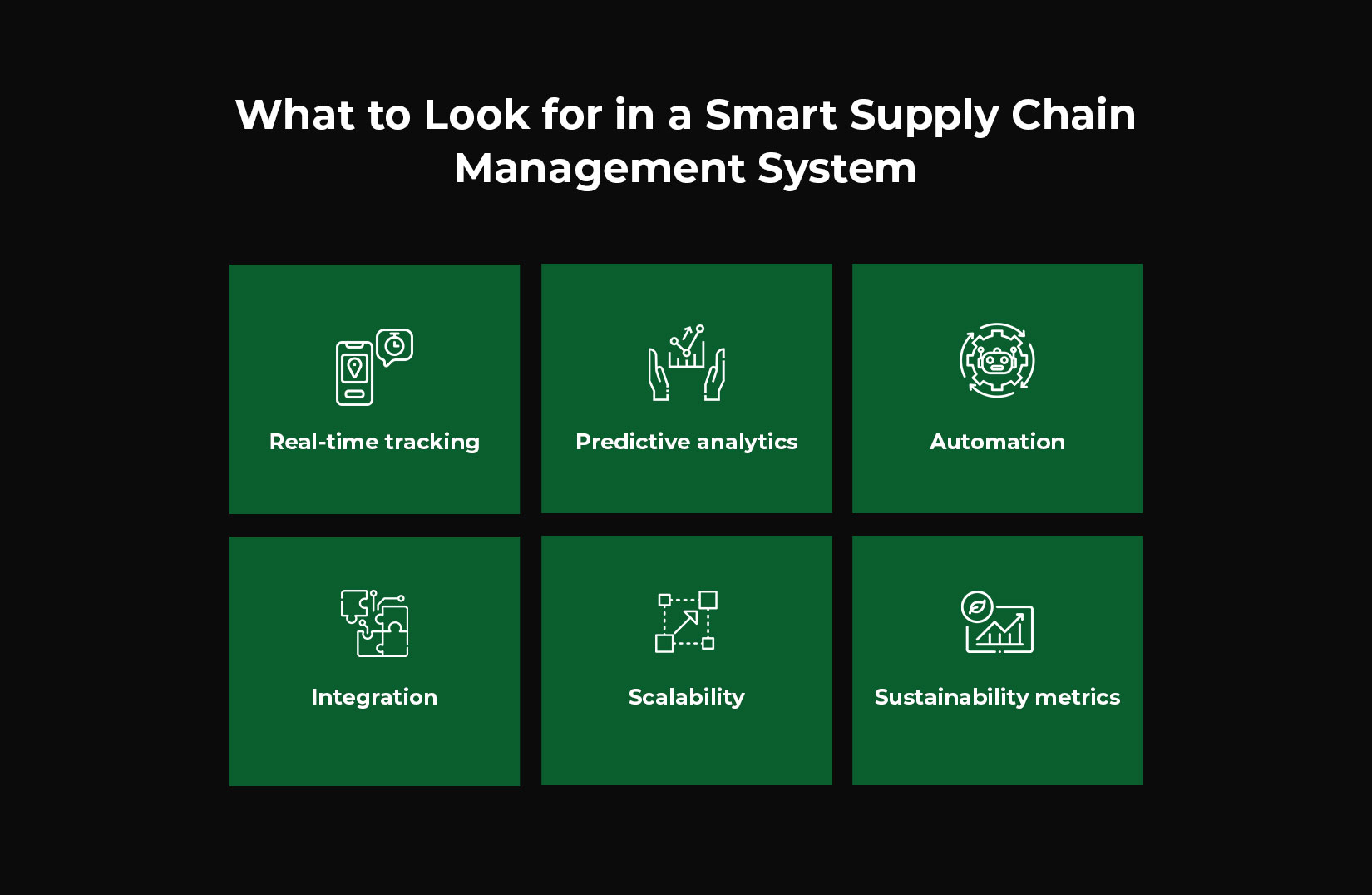
Why Your Supply Chain Needs a Smarter AI-Enabled Software Solution in 2025
In 2025, supply chain management is not just about moving goods efficiently. It’s about anticipating disruptions, responding in real time, and delivering seamless customer experiences. With rising customer expectations, complex global networks, and unpredictable risks, the traditional supply chain model is no longer sufficient. This is where AI-powered supply chain management software becomes vital.
The State of Supply Chain Management in 2025
Recent times have uncovered the weaknesses of global supply chains. According to Gartner, 72% of supply chain professionals faced significant disruptions due to global events between 2020 and 2023. These challenges have fueled a shift toward digital transformation particularly with the adoption of AI in supply chain management systems.
A smarter, AI-enabled supply chain management system offers capabilities that go far beyond automation. It empowers businesses to make data-driven decisions, improve agility, and drive operational excellence. If your supply chain is still running on legacy systems, now is the time to upgrade.
What is AI-Enabled Supply Chain Software?
AI-enabled supply chain management software leverages technologies like machine learning, natural language processing and predictive analytics to optimize end-to-end logistics. Unlike traditional tools that operate in silos, AI systems learn from data over time. Thereby, improving forecasting accuracy and enabling proactive decision-making.
Some features of AI-driven supply chain visibility software include:
– Real-time inventory planning.
– Predictive demand planning
– Automated procurement workflows
– Risk identification and mitigation
– Dynamic route optimization
Why Your Business Needs Smarter Supply Chain Management Software

1. Predict and Prevent Disruptions:
AI helps businesses identify patterns and predict potential disruptions. For example, by analyzing weather patterns, port congestion data, and geopolitical news, AI systems can flag risks early. According to McKinsey, companies that use AI in supply chain planning reduce forecast errors by up to 50%.
This foresight enables teams to act before a delay becomes a crisis, preserving delivery timelines and customer satisfaction.
2. Enhance Supply Chain Visibility:
Modern supply chain visibility software offers a real-time overview of shipments, inventory, and supplier performance across all nodes. This transparency is critical when managing multi-tiered supplier networks.
With better visibility, organizations can:
– Track shipments globally
– Monitor supplier reliability
– Detect bottlenecks early
– Increase accountability
A recent IBM study found that companies with high supply chain visibility are 3 times more likely to achieve higher customer satisfaction rates.
3. Boost Operational Efficiency:
A smarter supply chain management system can streamline manual tasks and reduce waste. AI-driven software automates key functions such as inventory replenishment, route planning, and vendor negotiations. This speeds up operations and reduces costs as well.
For instance, dynamic demand forecasting powered by AI helps prevent overstocking and understocking. Without sacrificing service quality, businesses can keep their inventory levels lower.
4. Drive Sustainability Goals:
Sustainability is no longer optional, it’s a strategic priority. AI can optimize energy use, reduce emissions through efficient routing, and minimize waste across the supply chain.
By integrating sustainability metrics into your supply chain management software, you can track carbon emissions and assess supplier compliance. This allows you to make more informed, eco-conscious decisions.
5. Empower Data-Driven Decisions:
AI-enabled platforms consolidate data from ERP systems, IoT devices, and supplier portals into a single source of truth. Actionable insights are then produced using this data.
Decision-makers can access real-time dashboards, scenario simulations, and predictive analytics to inform every move, from procurement to last mile delivery. The result is a more agile, responsive, and resilient supply chain.
What to Look for in a Smart Supply Chain Management System

When evaluating an AI-enabled supply chain solution, look for the following:
1. Real-Time Tracking:
Visibility into shipments, inventory, and demand. A robust system should offer live updates across the entire supply chain network. Thereby, helping you respond to changes immediately and reduce delays.
2. Predictive Analytics:
Accurate forecasting and proactive planning. AI algorithms should process historical and real-time data. By doing this it can anticipate demand shifts, mitigate risks, and improve resource allocation.
3. Automation:
Streamlined workflows and reduced human error. Look for features like auto-replenishment, smart procurement, and automated alerts that save time and boost efficiency.
4. Integration:
Compatibility with existing ERP and logistics tools. The solution should seamlessly integrate with your current tech stack to create a unified system for data sharing and process coordination.
5. Scalability:
Support for business growth across regions and product lines. Ensure the software can handle increasing volumes and complexity as your operations expand.
6. Sustainability Metrics:
Built-in tools to monitor and manage environmental impact, including emissions tracking and eco-friendly supplier assessments.
The Road Ahead
As we move deeper into 2025, the road ahead for supply chain management is defined by innovation, adaptability, and intelligence. As we move deeper into 2025, the road ahead for supply chain management is defined by innovation, adaptability, and intelligence. Businesses that embrace AI-enabled software will be better equipped to navigate disruptions, optimize resources, and meet customer expectations
The integration of predictive analytics, real-time visibility, and automation isn’t just a competitive advantage, it’s becoming a necessity. Investing in smarter systems today will future-proof your supply chain and position your business for long-term success in a rapidly evolving market.
Conclusion
Supply chain leaders must act decisively in the face of growing complexity and demand. An AI-enabled supply chain management system provides the visibility, intelligence, and agility needed to thrive in 2025.
Whether you’re a manufacturer, retailer, or logistics provider, upgrading to a smarter supply chain visibility software can unlock new levels of efficiency and resilience. Make the shift today to secure your place in tomorrow’s supply chain ecosystem. Book a demo with LogiNext and enhance your supply chain today.
58







@LogiNext